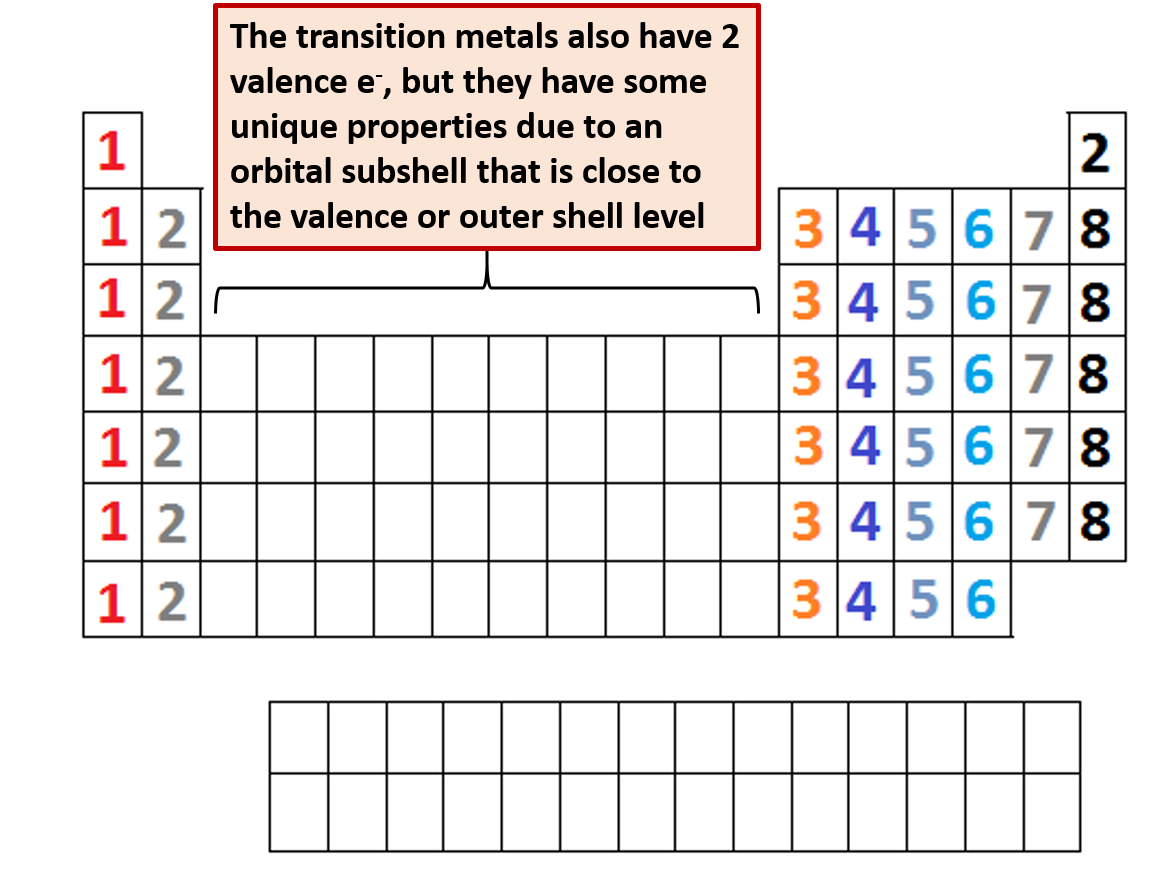

Nevertheless, the Rutherford-Bohr model is still taught in schools and colleges because it gives us a good conceptual framework for thinking about electrons and their energy levels. They certainly do not occupy neat circular orbits - the reality is far more complex. We know now that the Rutherford-Bohr model does not accurately represent the way in which electrons behave. Whereas the planetary orbits in our solar system all lie on (or very close to) a two-dimensional orbital plane, electron orbits were believed to occupy a number of different orbital planes, spawning the concept of three-dimensional electron shells. Electrons with higher energy levels would occupy higher orbits. The electrons with the lowest energy levels occupied the lowest orbits. According to the Rutherford-Bohr model, electrons were thought to occupy fixed, circular orbits around the nucleus of an atom.


 0 kommentar(er)
0 kommentar(er)
